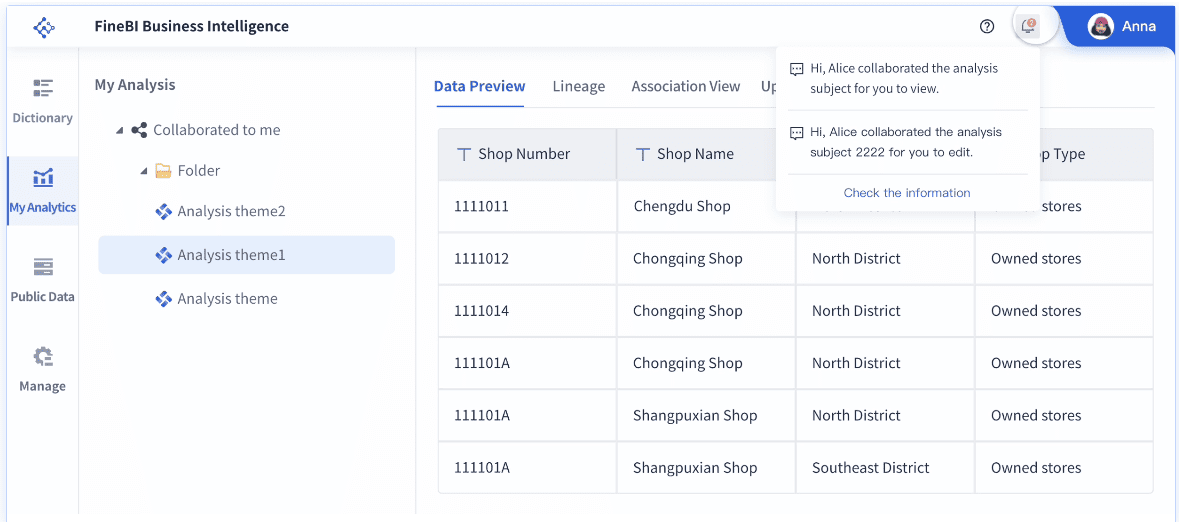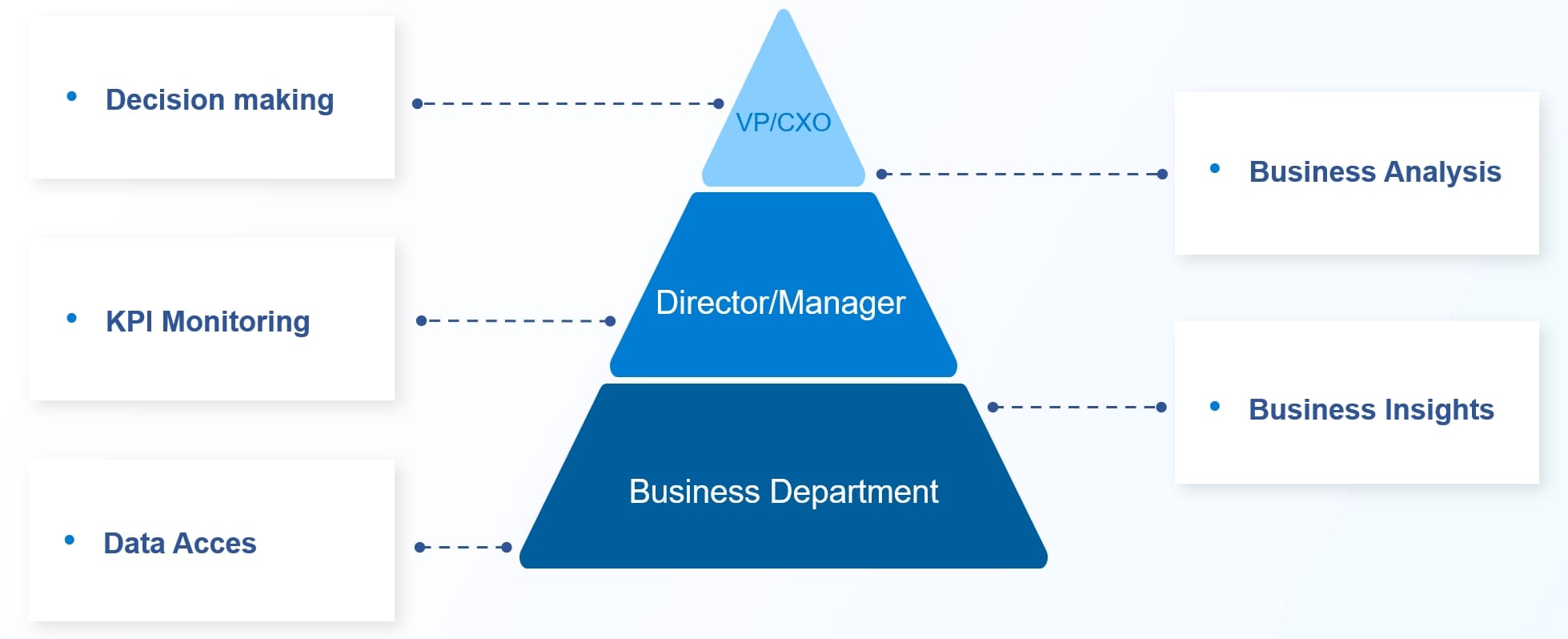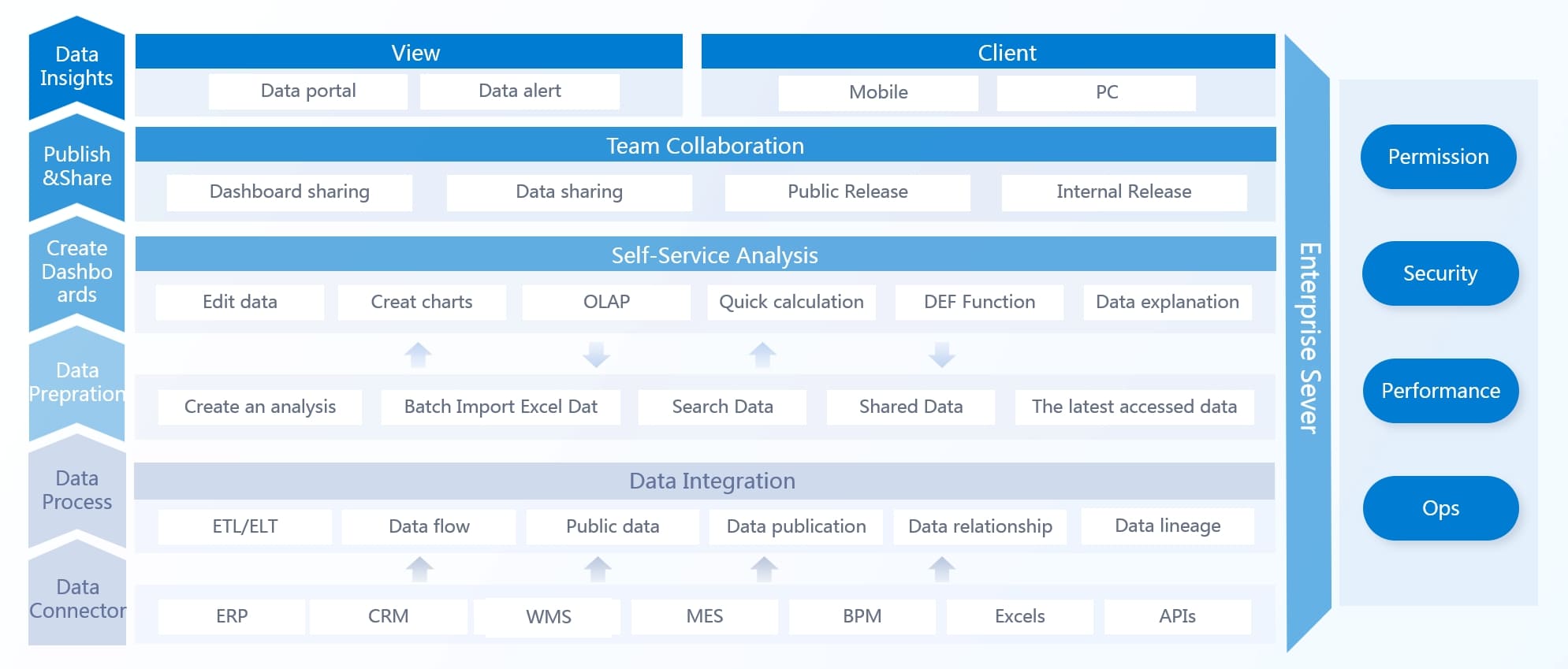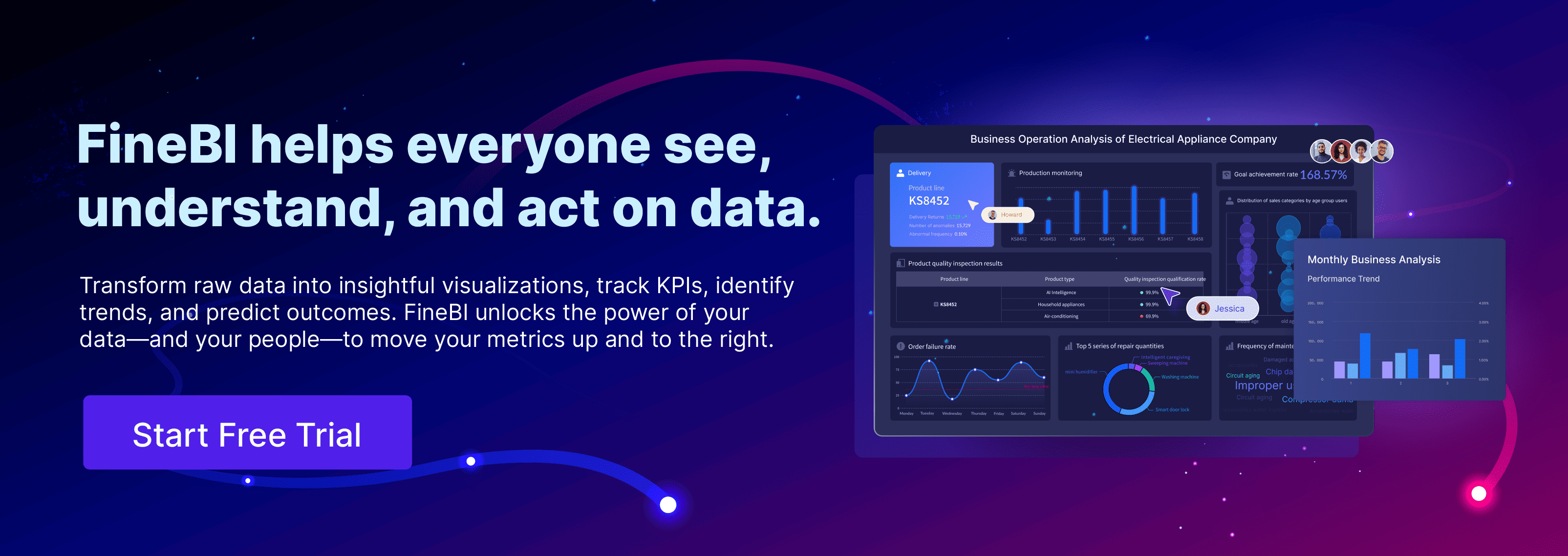I. Introduction to Business Intelligence Strategy
The Data-Driven Imperative in Modern Business
In today’s rapidly evolving digital landscape, every click, tap, and scroll generates data—each piece a potential clue for a stronger business intelligence strategy. Yet, with the overwhelming volume of information, many companies struggle to extract clarity from chaos. As market trends change even faster than a cup of coffee cools, business leaders face the challenge of turning raw data into strategic, actionable insights.
Modern organizations are not starving for data; they are drowning in it. Customer Relationship Management systems store detailed histories, Enterprise Resource Planning tools hum with transactional data, and sophisticated marketing campaigns release metrics at every turn. In this data-driven era, the secret weapon isn’t the quantity of information collected—it’s the effectiveness of your business intelligence strategy.

Why a Business Intelligence Strategy Is No Longer Optional
Relying on intuition or an improvised set of dashboards is like preparing for a Formula 1 race with a bicycle. Without a dedicated business intelligence strategy, your company may:
Make decisions too late,
Miss crucial patterns,
Waste time reconciling fragmented data,
Struggle to align strategic vision with operational execution.
In contrast, companies that invest in an integrated business intelligence strategy—leveraging data lakes, machine learning models, and intuitive self-service tools—enjoy faster, automated forecasting while making decisive, data-backed moves.
What You’ll Gain from This Essay
Throughout this essay, we demystify the concept of a business intelligence strategy and provide you with the tools and insights necessary to implement one successfully. You will learn:
What a business intelligence strategy truly encompasses,
The essential components and framework every company must adopt,
How advanced tools like FineBI and FineReport support agile decision-making, business intelligence dashboards, and enterprise-level insights,
Real-world use cases illustrating how a business intelligence strategy powers wins in marketing, sales, and operations,
A clear 90-day roadmap to transform your data into actionable insights, informed by current business intelligence trends.
Grab your coffee and prepare to dive into an actionable guide designed to help you reclaim clarity from data overload, make smarter decisions, and forge a competitive edge with a compelling business intelligence strategy.

II. What Is a Business Intelligence Strategy?
Turning Noise into Narrative
A business intelligence strategy is much more than a temporary data project—it’s a long-term plan that transforms raw, disparate data into actionable narratives that drive growth and innovation. Think of it as orchestrating a symphony where data sources provide the instruments, analysts perform as musicians, governance writes the sheet music, and BI tools serve as the conductors. Without attention to Data Dynamics, your strategy may lack flexibility in adapting to fast-changing business environments, and neglecting Data accuracy can lead to flawed decisions based on misleading insights. The absence of a defined business intelligence strategy means you’re merely creating noise; with it, you create harmony and powerful insights.
Definition and Core Components
At its core, a business intelligence strategy encompasses:
Goals: The “why” behind every data-driven decision. Before even starting your analysis, ask what you need to understand better, where your blind spots lie, and what decisions need refinement. Whether you’re aiming to reduce customer churn, enhance campaign ROI, or forecast sales more reliably, a clear business intelligence strategy defines these business questions first.
Tools: The practical enablers that turn raw data into insights. For example, FineBI empowers self-service analytics across departments while FineReport delivers enterprise-level reporting. When chosen based on your company’s data maturity and user needs, these tools are vital components of your business intelligence strategy.
Governance: The often-overlooked backbone of your strategy. Effective data governance ensures standard definitions, secure access, and high-quality data management. A robust business intelligence strategy depends on this foundation to prevent errors such as “garbage in, gospel out.”

III. Key Elements of a Successful Business Intelligence Strategy
Building a successful business intelligence strategy requires far more than compiling dashboards. It demands an orchestrated framework that harmonizes technology, people, and purpose. Without a comprehensive approach, BI becomes as fleeting as a firework show—spectacular yet short-lived. Here are the critical elements that drive a sustainable business intelligence strategy:
Strategic Alignment
A true business intelligence strategy must be inseparable from the overarching business objectives. It’s not just about assembling charts; it’s about embedding data-driven decision-making into the fabric of your organization. Whether your goal is to enter new markets, reduce operational costs, or improve customer experiences, your business intelligence strategy should reflect these top priorities. This level of alignment represents a form of strategic integration, where data insights directly inform and support broader business strategies.

Data Infrastructure
A reliable data infrastructure is the groundwork for an effective business intelligence strategy. This includes robust pipelines for extraction, transformation, and loading (ETL/ELT) so that data flows seamlessly through your systems. Centralizing data or managing it with strict governance standards ensures that the decisions made using your business intelligence strategy are based on accurate, timely, and complete data.
Data Governance
Often the unsung hero of any business intelligence strategy, data governance provides the structural integrity necessary for trust in your insights. It standardizes key definitions and ensures role-based access, maintaining data security and consistency. A business intelligence strategy built on solid governance principles is less prone to errors and misinterpretation, giving decision-makers confidence in their strategic choices.
Tool Selection with the User in Mind
Selecting the right tools is pivotal to your business intelligence strategy. Analysts need freedom and flexibility with tools that allow detailed exploration, while executives prefer concise and accurate reporting. When tools like FineBI and FineReport are chosen based on their ability to serve both exploratory analysis and enterprise reporting needs, your business intelligence strategy covers the full spectrum—from self-service insights to formal decision support.

Fostering a Collaborative Data Culture
A sustainable business intelligence strategy requires democratizing data access. When insights are shared widely rather than hoarded by a few analysts, every department can contribute to a unified understanding of the business landscape. Collaboration across teams not only accelerates decision-making but also promotes a culture where every stakeholder values data.
Continuous Improvement
The digital world is ever-changing, and your business intelligence strategy should evolve accordingly. Regularly reviewing key metrics, testing new data sources, and refining reporting processes ensure that your strategy remains responsive. This evolution should follow a clear business intelligence roadmap, allowing teams to measure progress and stay aligned with evolving business needs. A commitment to continuous improvement means your business intelligence strategy stays current and capable of tackling future challenges.
IV. The Role of BI Tools in Business Intelligence Strategy Execution
In the modern business arena, BI tools are integral to executing a dynamic business intelligence strategy. They transform complex datasets into user-friendly visuals and actionable insights, enabling teams to act swiftly on emerging trends.
What to Look for in BI Tools
When choosing tools to underpin your business intelligence strategy, focus on:
Scalability: The chosen tool must manage and grow with your expanding dataset.
Self-Service Analytics: Empower business users with the ability to generate insights independently—crucial for a responsive business intelligence strategy.
Integration: Seamless integration with existing systems ensures that data flows unimpeded and supports comprehensive insights.
Real-Time Insights: Up-to-date data is essential for making effective decisions that form the foundation of your business intelligence strategy.
Customization and Flexibility: Tailor dashboards and reports to meet the specific needs of diverse stakeholders, making your business intelligence strategy both inclusive and adaptable.
How FineBI Empowers Agile BI Teams
FineBI is engineered for the demands of today's fast-paced business environment. By offering an intuitive drag-and-drop interface and powerful analytics capabilities, FineBI supports a robust business intelligence strategy that enables quick access to data insights. It facilitates cross-department collaboration and empowers analysts and decision-makers to explore data without dependence on IT.
How FineReport Supports Enterprise-Grade Reporting
For organizations with complex reporting requirements, FineReport stands as a key pillar in your business intelligence strategy. It excels in processing high-volume data and producing precise, scheduled reports critical for compliance, financial accuracy, and operational performance. With seamless integration capabilities, FineReport transforms a multitude of data sources into coherent, actionable insights—ensuring that your business intelligence strategy delivers consistent results at scale.

V. Use Cases of Business Intelligence Strategy
A well-designed business intelligence strategy goes beyond static dashboards—it actively drives business transformation. Here are practical examples of how BI tools can empower various departments:
Marketing Intelligence: Targeting, Segmentation, and ROI Tracking
Marketing teams can harness a business intelligence strategy to dissect vast datasets from multiple customer touchpoints. By identifying high-value segments and tracking engagement in real time, marketers can craft campaigns that are precisely targeted. With detailed segmentation and ROI tracking, your business intelligence strategy not only optimizes marketing spend but also maximizes campaign effectiveness by ensuring every dollar is strategically invested.
Sales Dashboards: Real-Time Pipeline Management and Forecasting
In today’s competitive sales arena, immediate visibility into the sales pipeline is critical. A robust business intelligence strategy equipped with tools like FineBI and FineReport transforms how sales teams track deal progress, monitor win rates, and forecast revenue. With real-time dashboards, managers can identify bottlenecks and seize opportunities quickly, ensuring that the sales team’s performance aligns with strategic business goals.
Operations: Process Optimization and Anomaly Detection
Operational efficiency is the heartbeat of a thriving organization. By implementing a business intelligence strategy that leverages BI tools, businesses can uncover process bottlenecks, optimize workflows, and detect anomalies before they disrupt operations. The automated alerts and predictive insights offered by these tools enable swift responses to potential issues, ensuring that your operations remain smooth and resilient

VI. Getting Started: Your First 90 Days in Business Intelligence Strategy
Launching a business intelligence strategy can be both an exciting and challenging venture. The first 90 days are critical as they lay the groundwork for a long-lasting, effective approach to data management and decision-making. Here’s a clear, step-by-step plan to set your business intelligence strategy in motion:
Step 1: Align Stakeholders and Set Clear Objectives
Ensure buy-in across all levels—from executives to department heads and data analysts. Agree on the primary goals: Are you enhancing reporting, optimizing operations, understanding customer behavior, or forecasting sales? A unified direction is vital for steering your BI strategy toward success.
Step 2: Assess Your Current Data Infrastructure
Conduct a thorough review of your data environment. Examine your data sources, current tools, and infrastructure while identifying any bottlenecks or gaps. This step informs your BI strategy by highlighting areas that require transformation to support robust and timely data analysis.
Step 3: Choose the Right BI Tools
Select tools that match your business needs and integrate seamlessly into your existing ecosystem. Among the top BI tools 2024, solutions like FineBI for agile self-service analytics and FineReport for enterprise-grade reporting stand out as key to operationalizing your BI strategy. Verify that these systems scale as your data demands grow and that they address the specific challenges of your organization. If you're ready to elevate your data strategy, consider trying FineBI and FineReport to experience the power of intelligent analytics firsthand.
Step 4: Build a Data Governance Framework
Develop a framework ensuring data consistency, security, and quality. Designate clear roles, establish guidelines for data management, and enforce quality controls. A strong governance protocol is the bedrock of any BI strategy, ensuring that every insight is both reliable and actionable.
Step 5: Build a Roadmap: Quick Wins Plus Long-Term Vision
Start with initiatives that can deliver immediate value. Consider projects like a centralized sales dashboard or automated reporting processes that demonstrate tangible benefits early on. At the same time, develop a long-term vision to expand advanced analytics capabilities, such as predictive modeling, into your BI strategy. This dual approach accelerates initial results while laying a foundation for scalable growth.
Step 6: Measure, Iterate, and Improve
Finally, treat your BI strategy as a living process. Regularly monitor performance metrics, gather feedback from stakeholders, and adjust your plan accordingly. Continuously upskilling teams and incorporating new data sources will ensure that your strategy adapts to changing market conditions and internal needs.
VII. Conclusion of Business Intelligence Strategy
In a world overflowing with data, a well-crafted business intelligence strategy is not just a competitive edge—it’s the cornerstone of sustainable growth. By transforming raw data into actionable insights, BI tools enable faster decision-making, unlock new opportunities, and optimize every facet of your organization.
The right strategy can transform how you approach marketing, sales, and operations, turning potential chaos into clarity. With advanced tools like FineBI for agile exploration and FineReport for enterprise-grade precision, you have the dual power to drive day-to-day improvements and long-term innovation.
Are you ready to experience the transformative power of a solid business intelligence strategy? Embrace the data-driven revolution, and see how your business can thrive with more precise decision-making and unparalleled operational excellence. Now you can Click the banner below and try FineBI for free!
Continue Reading about Business Intelligence Strategy

The Author
Lewis
Senior Data Analyst at FanRuan
Related Articles

Reviews of Data Intelligence Companies Leading the Industry
Compare top data intelligence companies and platforms, highlighting key features, integration, and business impact for informed decision-making.
Lewis
Nov 11, 2025

What Is Enterprise BI and Why Should You Care
Enterprise BI empowers organizations with real-time insights, scalable analytics, and unified data, driving smarter decisions and a competitive edge.
Lewis
Nov 09, 2025

Business Intelligence Engineer Amazon Salary Revealed
The average business intelligence engineer amazon salary in 2025 is $101,752, with total compensation reaching up to $224,000 based on level.
Lewis
Sep 09, 2025





